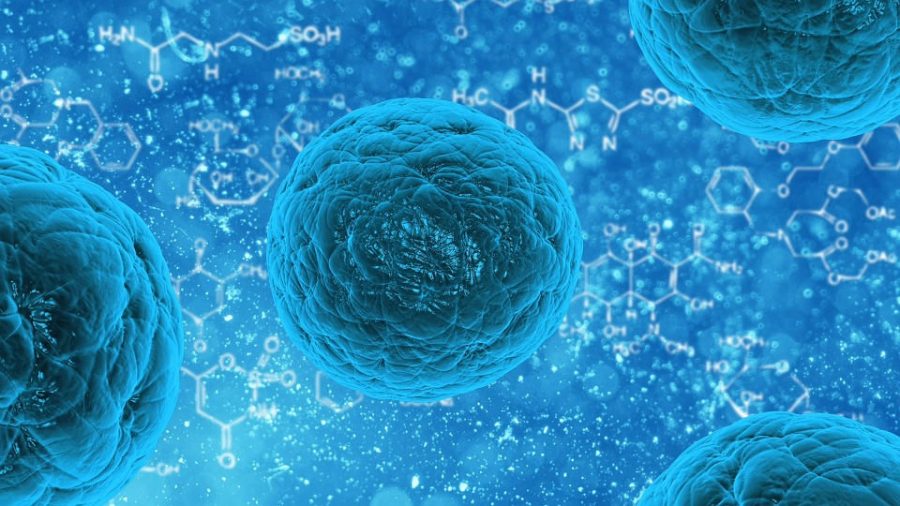A seminar titled “Understanding the stem cell properties of cancer cells” will be hosted by Pablo Visconti, a professor in the veterinary and animal sciences department at the University of Massachusetts on Oct. 31 at 4 p.m. in the Integrated Sciences Building. In light of this coming seminar, I decided to do a little research myself into what stem cells are and their role in disease prevention.
Stem cell research has the potential to cure many diseases, such as Parkinson’s, Alzheimer’s, ALS and many more. But what exactly are stem cells? Where do these cells come from? How could they possibly lead to a cure for these seemingly incurable diseases?
Stem cells, as defined by the National Institute of Health (NIH), are unspecialized cells that divide to renew themselves and can be induced to form tissue or other organ cells with special functions.
Stem cells have three stages of development: totipotent, pluripotent and multipotent. Totipotent stem cells are found in the early embryo (about 3-5 days after conception) when the embryo is in its eighth cell stage. These cells can develop into almost any cell type.
Next comes the pluripotent cell. These cells are related to the inner cell mass of a blastocyst (the scientific name for an embryo five to nine days post-conception). These cells can become any cell type except the cells associated with the outer layer of the placenta.
Lastly, multipotent cells can develop into multiple limited cell types, known as the ectoderm, mesoderm and endoderm. These are found in neural cells, muscle and blood cells and liver and kidney tissues, respectively.
Shinya Yamanaka of Kyoto University, Japan, led the team which produced the first induced pluripotent stem cells (iPSCs). iPSCs are multipotent stem cells which undergo treatments with chemicals and enzymes to reverse the process, bringing the cell back to the pluripotent state.
The introduction of iPSCs provided a new source of cells for research.
Instead of using embryonic stem cells, which were a catalyst in anti-abortion clinic protests, scientists could now use donated cells from the marrow of consenting adults to continue their research and clinical studies.
In the years since induced pluripotent stem cell were first produced, many successes and failures have helped scientists learn more about the way some diseases develop, and how stem cells could potentially become the cure for many of these diseases.
Some successes in the field of stem cell research include a windpipe being made with cells for a two-year-old girl back in 2013, and more recently an Australian regenerative stem cell research program regenerated a kidney for a patient with inherited kidney disease.
Other examples of stem cell research successes include the regeneration of cardiac muscle cells, regrowth of teeth in a child and keeping the vision of an 80-year-old woman stable.
In 2012, Yamanaka and Sir John B. Gurden received the Nobel Prize in Physiology and Medicine, only six years after the initial production of iPSCs.
Of course, with success comes failure. In 2014, a paraplegic woman who had received stem cell therapy in 2006 began growing unanticipated nasal tissue along her spine. The benign growth was three centimeters in length at the time of removal.
Within the past year, three women underwent an unproven stem cell treatment with the intent to protect their eyesight, but unfortunately lost their eyesight entirely.
These failures have provided scientists the task of figuring out what went wrong.
There is still a lot to learn about stem cells and their possible benefits. However, we have already made great progress!
Jasmine Nelson can be reached at [email protected].




















amy • Oct 25, 2018 at 10:40 am
This is old news; stem cells have been around since the 1970s and have made virtually no progress. The only effective and consistent use of stems is bone marrow transplants.
A few instances in a lab mean nothing.
Mark Nevard • Oct 25, 2018 at 10:02 am
Such an interesting article. So glad UMASS is addressing such an important issue. Sounds optimistic and focused. Very well written article.